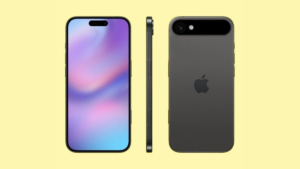In an age where smartphones are steadily growing larger, the iPhone 17’s compact design is a refreshing change. This shift to a more manageable size not only pays homage to Apple’s design roots but also addresses a growing demand for functionality without compromising comfort. With rumors and leaks suggesting significant changes to both form and functionality, the iPhone 17 is poised to redefine elegance in the smartphone market.
The Compact Revolution
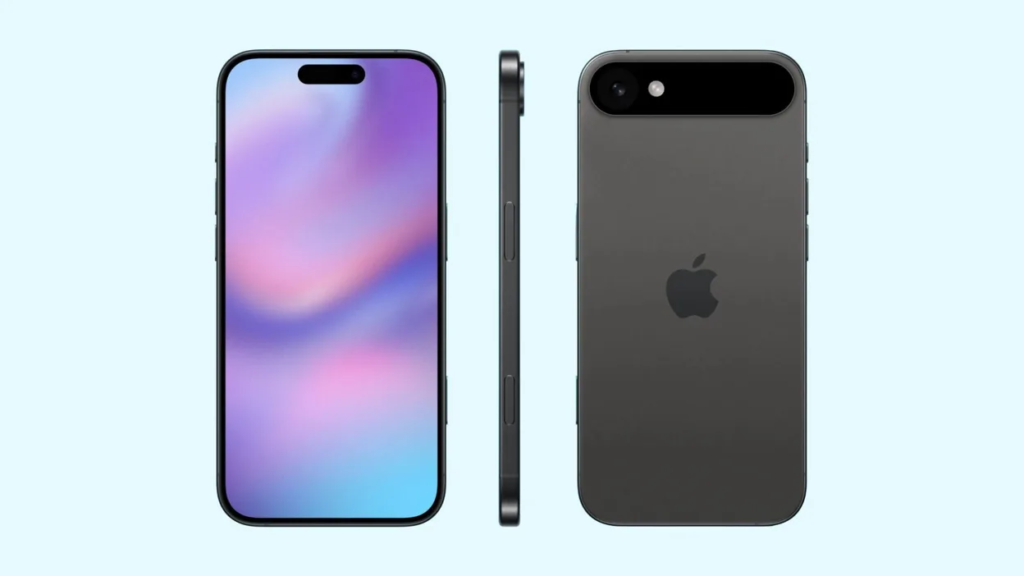
Apple’s focus on a compact design for the iPhone 17 seems to echo the philosophy behind earlier models like the iPhone SE. However, this time, the company is blending nostalgia with cutting-edge technology. A smaller footprint is achieved without sacrificing screen size, thanks to bezel-less displays and advanced manufacturing techniques. Early images and prototypes hint at a design that prioritizes portability and one-handed use—a feature many users have missed in recent years.
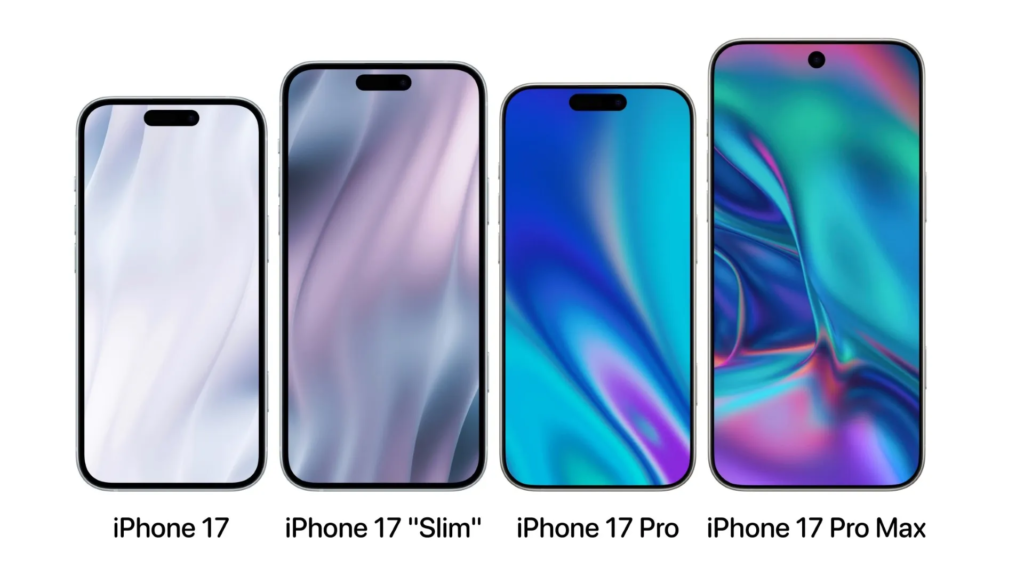
The compact nature of the iPhone 17 could also mark a shift in industry trends. As competitors focus on larger screens and foldable devices, Apple’s move might cater to an underserved audience that values ease of use and practicality. With a 5.8-inch display housed in a chassis smaller than the iPhone 13 Mini, the iPhone 17 promises to be both ergonomic and visually stunning.
Materials That Define Durability
Compactness isn’t the only highlight. Apple is rumored to use a titanium alloy frame for the iPhone 17. Titanium offers greater strength and durability than aluminum while being lighter than stainless steel. This strategic choice ensures that the device maintains its premium feel without becoming cumbersome.
Moreover, the back panel might feature ceramic glass—a material known for its resilience and scratch resistance. Such a combination not only enhances the phone’s aesthetic appeal but also makes it more resistant to wear and tear. For users concerned about longevity, the iPhone 17’s materials promise a durable and reliable experience.
Compact Yet Feature-Rich
Despite its size, the iPhone 17 is expected to pack a punch in terms of features. One of the standout inclusions is the A17 Bionic chip, which is rumored to deliver unparalleled performance and energy efficiency. Coupled with advanced AI capabilities, this chip ensures seamless multitasking and enhanced battery life—a critical consideration for compact devices.
The camera system is another area where the iPhone 17 is expected to shine. A dual-camera setup, optimized for low-light photography, is likely to be integrated into its slim frame. With advanced computational photography features, such as enhanced portrait modes and cinematic video recording, the iPhone 17 could rival even larger flagship models in image quality.
Design Philosophy: A Balancing Act
Achieving a compact design without compromising on performance is no small feat. Apple’s engineers have reportedly reimagined the internal layout, using innovative stacking techniques to house components more efficiently. This includes a redesigned logic board and a new cooling system to prevent overheating in a smaller chassis.
The use of solid-state buttons is another rumored innovation. These buttons, which use haptic feedback rather than physical movement, save space while improving durability. Combined with an updated Taptic Engine, the iPhone 17’s tactile experience is set to be more intuitive and responsive.
Why Compact Matters
The resurgence of compact smartphones signals a shift in consumer priorities. With increasing screen sizes, many users find current models unwieldy for everyday tasks like texting, calling, and quick browsing. The iPhone 17’s smaller form factor caters to those who value simplicity and practicality over extravagance.
Moreover, compact designs often lead to better portability. The iPhone 17 can easily fit into pockets and small bags without compromising on screen real estate or functionality. This makes it an ideal choice for professionals, frequent travelers, and minimalists.
The Environmental Impact
Apple’s commitment to sustainability is evident in its material choices for the iPhone 17. By using recycled titanium and ceramic glass, the company aims to reduce its carbon footprint. Additionally, the compact design minimizes material usage during manufacturing, contributing to more sustainable production practices.
The packaging is also expected to follow Apple’s eco-friendly trends, with minimalistic boxes made from recycled materials. These efforts not only align with global environmental goals but also resonate with a growing consumer base that values eco-conscious products.
Final Thoughts
The iPhone 17’s compact design is more than just a stylistic choice; it’s a statement. In a market dominated by oversized devices, Apple’s return to elegance and simplicity could set a new benchmark for smartphone design. By combining portability, durability, and top-tier features, the iPhone 17 offers a balanced package that appeals to a wide range of users.
Whether you’re a tech enthusiast or someone looking for a reliable daily driver, the iPhone 17’s compact design delivers on all fronts. It’s not just a phone; it’s a reminder that sometimes, less truly is more.
- Broken Promises? Apple Faces Lawsuit Over Misleading AI Hype!

- Vapor Chamber in iPhone 17 Pro? Apple Finally Fixes Overheating for Good!
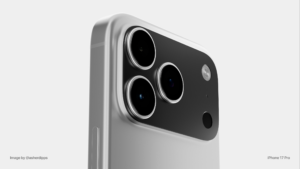
- How Does Keeping Your iPhone at 100% Kill Its Battery?
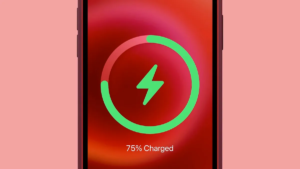
- Massive Camera Bar? iPhone 17 Pro Could Break Apple’s Design Norm!

- iPhone 17 Can Charge Itself? Apple’s Boldest Wireless Tech Yet!
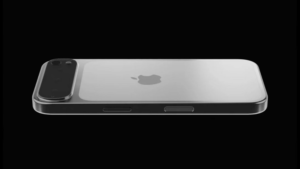
- What Are the True Differences If iPhone 17 Pro Max Doesn’t Get Faster?
